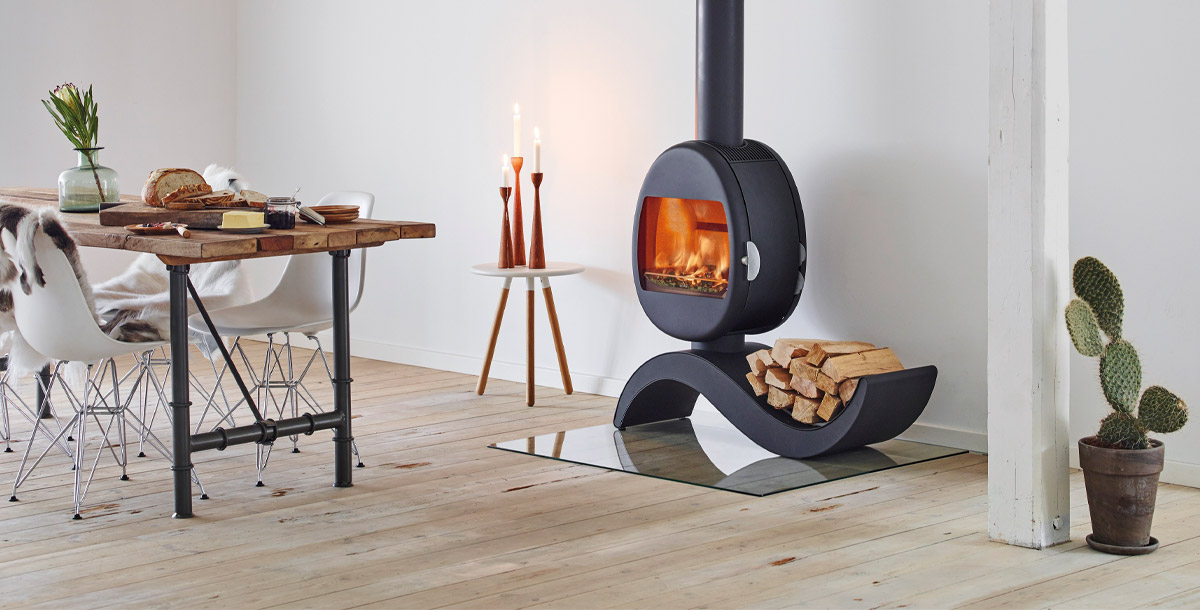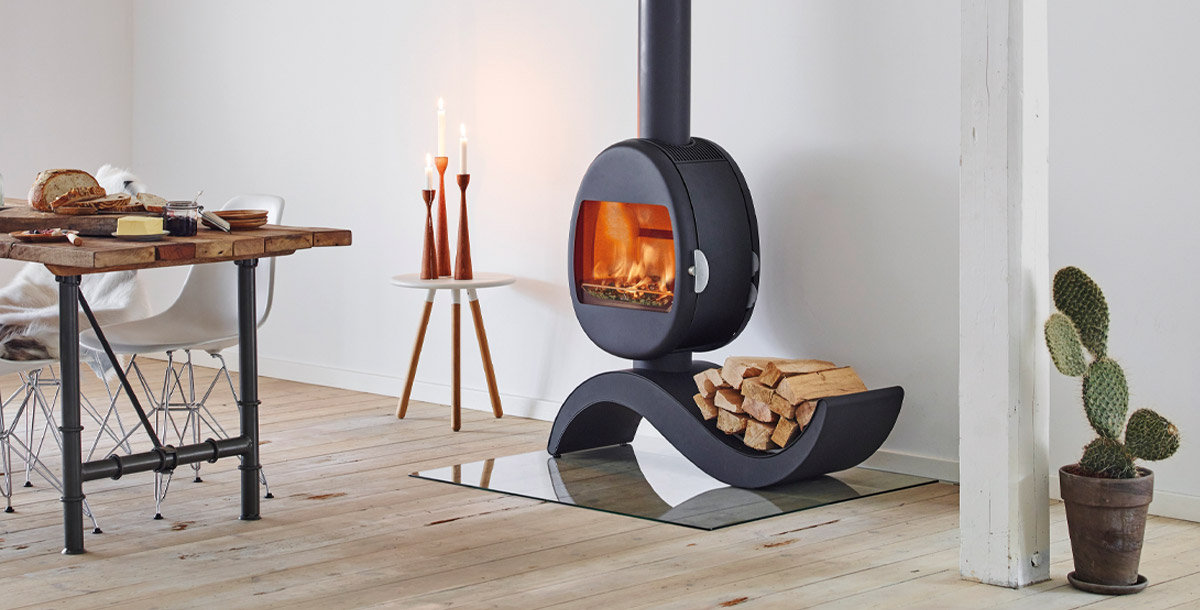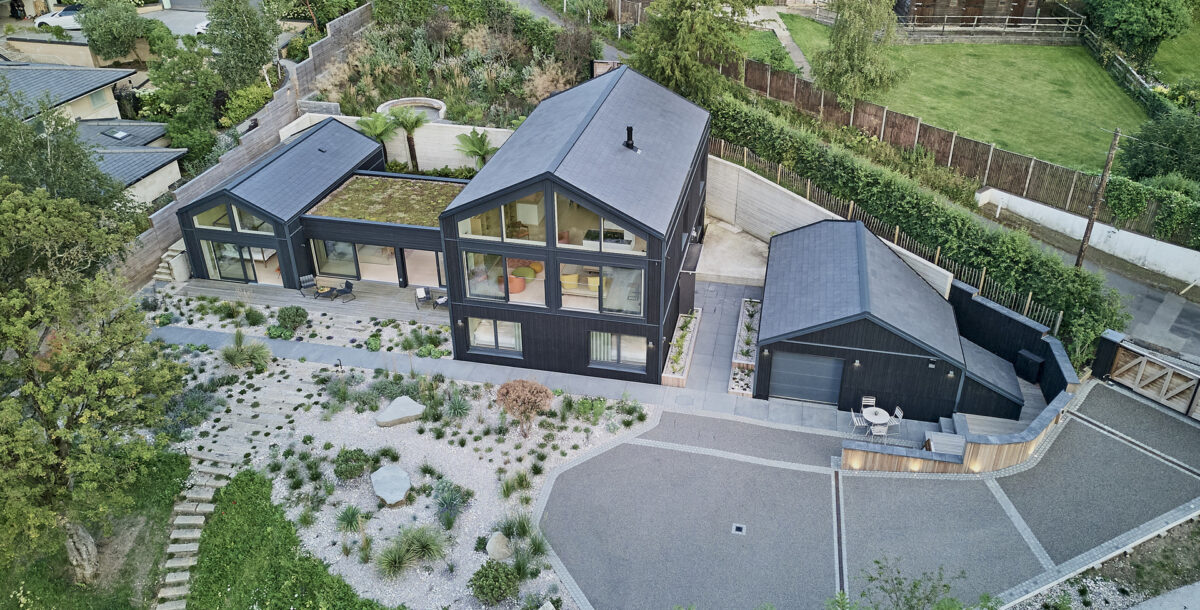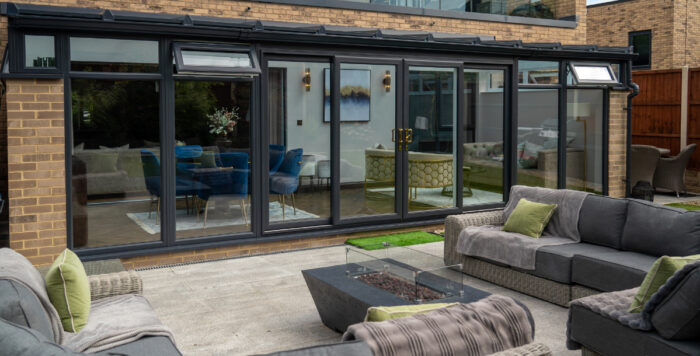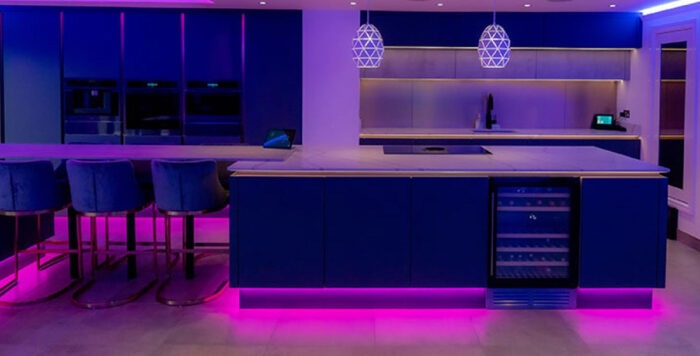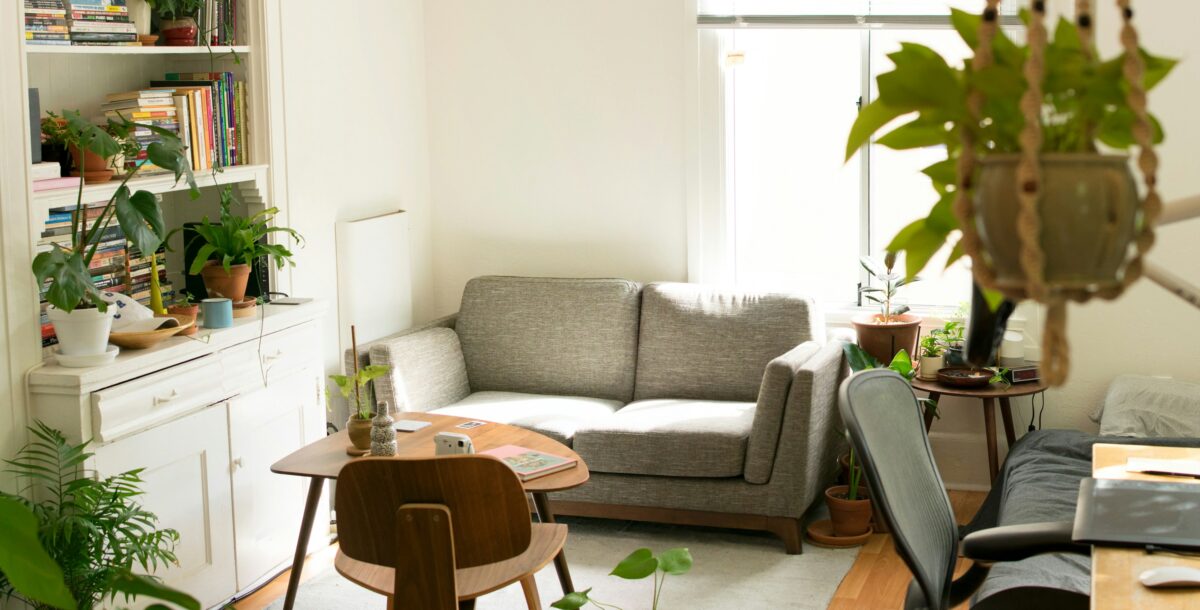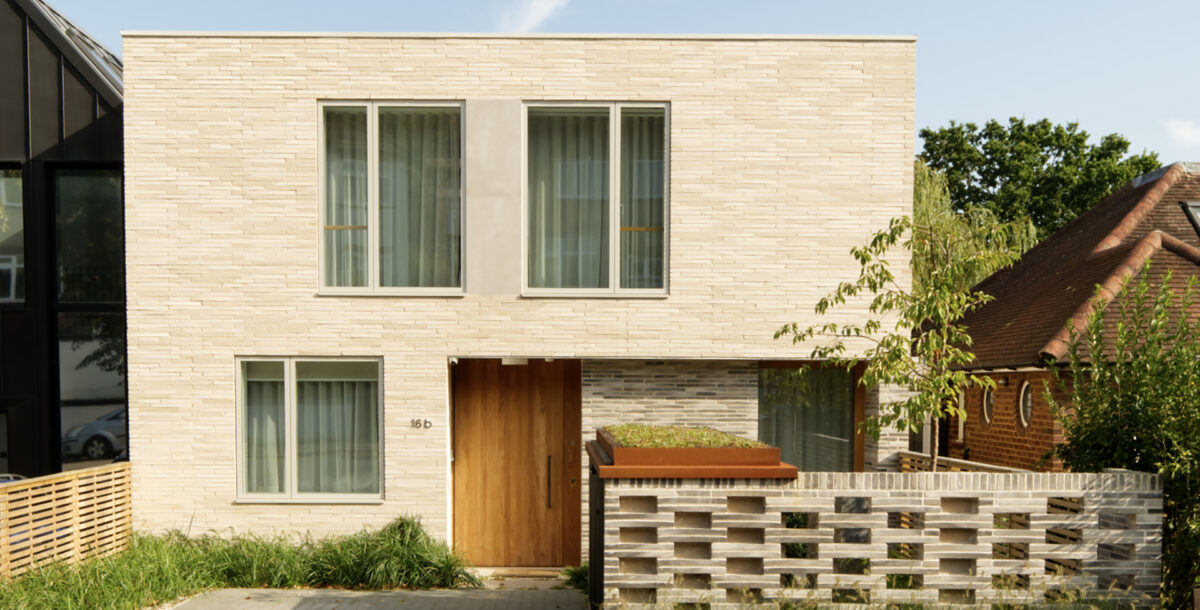Wood burning stoves: a buyer’s guide
The best modern stoves for your home, plus installation advice
There’s never been more choice when it comes to wood burning stoves. Whether classic or modern, a wood-burning or multi-fuel stove adds a characterful focal point and creates a cosy, hygge home come winter. But where do you start? With the Grand Designs magazine buyer’s guide to the best wood burning stoves…
Radiant or convection?
Wood burning stoves come in two types: radiant and convection models. Radiant models supply heat through the glass and stove body to warm the immediate surrounding area, which makes them best for occasional use.
Convection models, on the other hand, heat the whole room – cool air is drawn into a convection chamber, then warmed as it rises before flowing out. Prices range from £400 to £5,000 (excluding installation), depending on style and heat output.
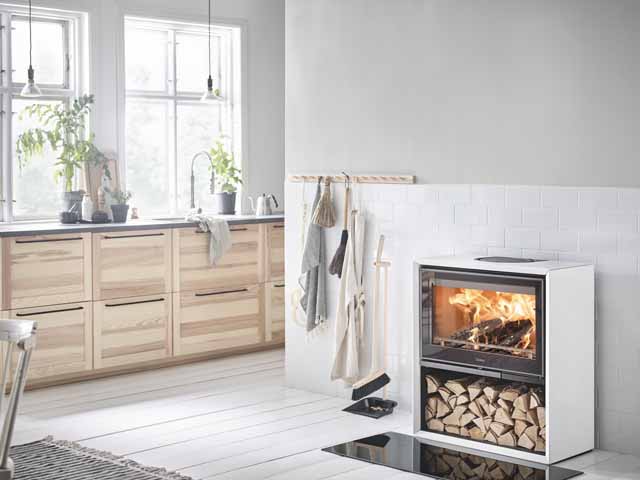
Photo: Contura
Decide on an installation style
Wood burning stoves are cost-effective, environmentally friendly and far more efficient than an open fire. Freestanding, wall-hung, mounted on a base or placed in a fire surround, whichever style you choose, the Heating Equipment Testing and Approval Scheme (HETAS) recommends that a lined flue is fitted as part of the wood-burning stove installation process.
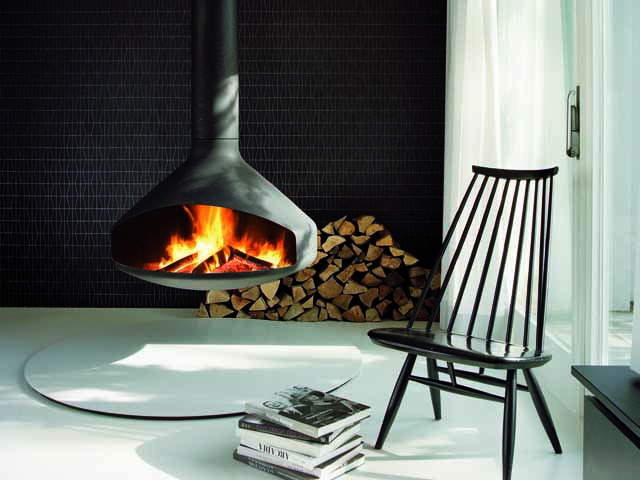
Photo: Focus Fireplaces
Wood burners are energy efficient
The latest designs are up to 90% energy efficient, compared with only 15% for open fires. Plus, logs are inexpensive and sustainable. ‘Dry firewood is essential,’ says Declan Kingsley-Walsh, managing director at Morsø UK. ‘It must have a maximum moisture content of 20% and ideally be kiln dried.’
For maximum heat output, make sure you use seasoned fuel – look for the woodsure.co.uk logo to ensure it has been correctly seasoned and stored.
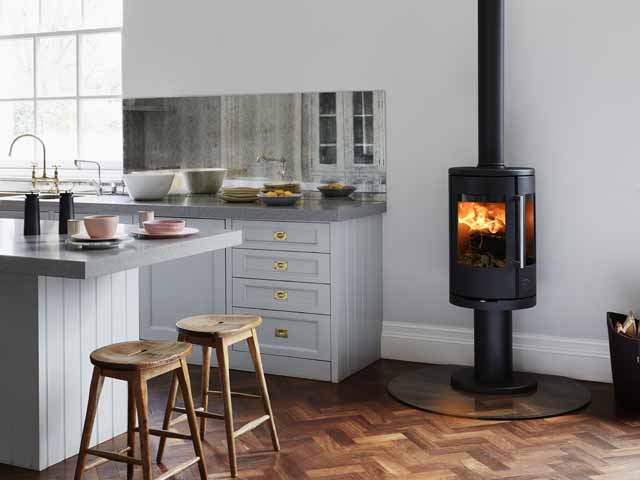
Photo: Morso
Great for modern homes
Many contemporary models blend great design with advanced cleanburn technology, so they’re efficient and produce less smoke, too.
Inset stoves, built into a media wall or false chimney breast, are a good idea if space is limited. Some models have glass doors on three sides, which makes them ideal as a central focal point. Stoves with rounded fronts, side panels and double doors also showcase flames beautifully.
Building regulations
All installations must meet current building regulations and adhere to strict clean-air legislation. To meet the upcoming Ecodesign criteria, look for stoves offering at least 75% efficiency and always use the cleanest fuels.
Fuel-efficient developments include the Ecco Stove, which combines masonry heater and wood burning stove technology to provide up to 93% efficiency.
If you live in a built-up area, you can burn logs only in a Defra-exempt appliance that’s designed to produce very little smoke and is approved for use in controlled zones.

